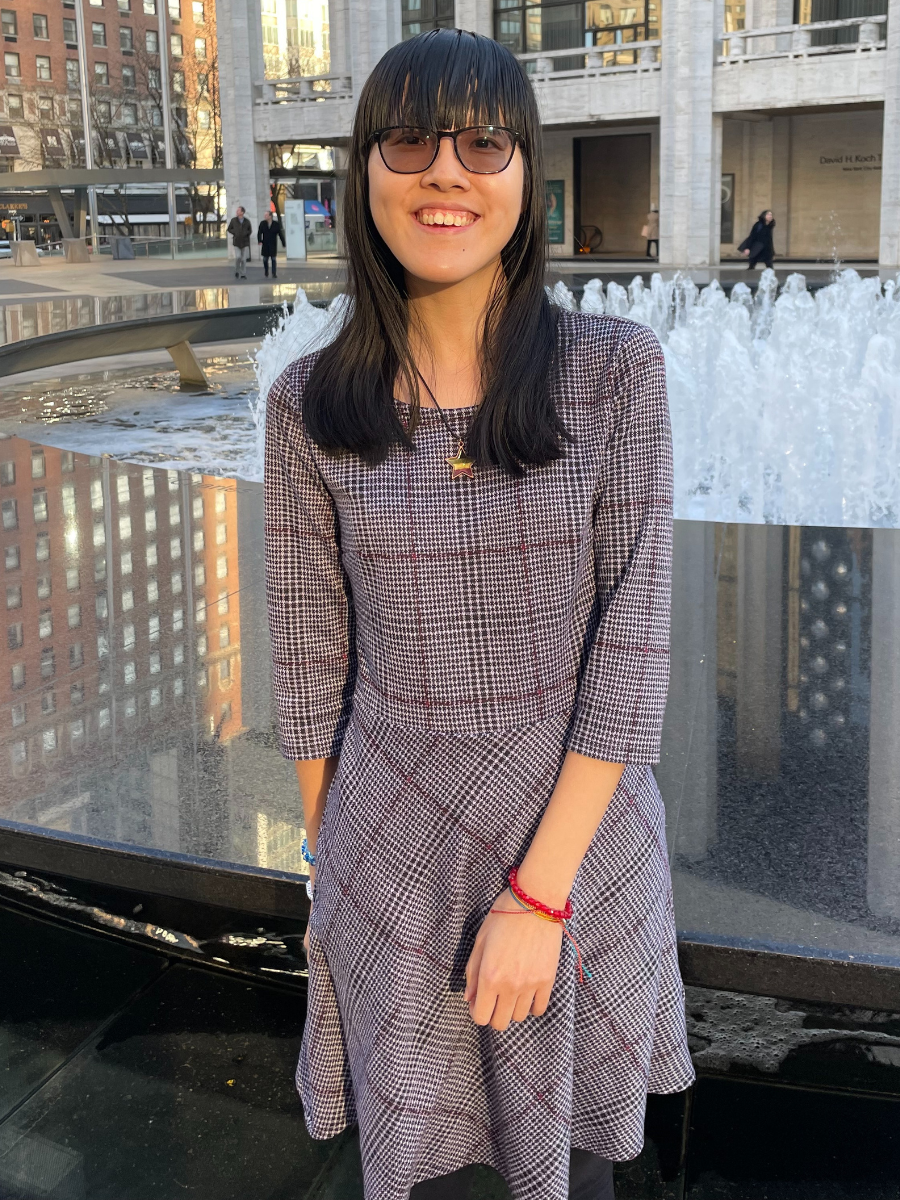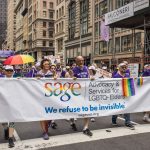Celebrating International Asexuality Day: There is Power in Knowing and Accepting Who You Are
 I always had a feeling that I was different from most people. It wasn’t until four years ago, though, that I realized it’s because I’m asexual.
I always had a feeling that I was different from most people. It wasn’t until four years ago, though, that I realized it’s because I’m asexual.
Last year, it dawned on me how it took me such a long time to piece together my asexuality: Sex is not normalized in public discussions about romantic relationships. When people talk about their partners in a public-facing way, such as on social media, they usually highlight their partner’s non-physical traits: kindness, intelligence, honesty, humor, etc. This can create the impression, at least on the surface, that people mainly choose to be with each other for non-physical traits (perhaps except physical appearance). And yet, the reality is that sex – or rather, the lack thereof or sexual incompatibility – could be a dealbreaker for much of the population when it comes to romantic relationships. This phenomenon, I believe, contributes to asexuality largely existing as the “invisible orientation” and results in asexual people, or “aces,” existing in a way where we’re hidden in plain sight, away from the public eye.
When someone identifies as asexual (“ace” for short), what that means is they experience little to no sexual attraction. Asexuality is not celibacy: It has nothing to do with someone’s willingness or choice to engage in sex. It also has nothing to do with their attitudes toward sex or whether they experience romantic attraction.
As a sex-averse ace who experiences no sexual attraction at all, some might consider me a “textbook ace” if they knew very little about asexuality. However, not all aces identify as sex-averse, and asexuality exists on a wide spectrum (known as the asexual spectrum, or acespec). In terms of other sex interaction stances, individuals – not limited to aces – may identify as sex-favorable, sex-indifferent, or sex-ambivalent, among others.
The acespec encompasses a wide range of identities. For instance, I have friends who identify as demisexual, meaning they only experience sexual attraction to someone after forming a strong emotional bond. Demisexuality is a sublabel under another acespec identity: graysexuality, which exists in the gray area between asexuality and allosexuality (the opposite of asexuality) and is characterized by experiencing sexual attraction only some of the time or under specific circumstances. The most important thing to remember is that experiences vary widely across the ace community.
Asexuality should also not be confused with aromanticism, a romantic orientation defined by a lack of or limited romantic attraction. Asexuality and aromanticism are distinct from each other based on the split attraction model, which treats romantic and sexual attraction as two separate entities. I am personally not aromantic – in fact, I’d describe myself as a huge romantic. However, there are aces who identify as both asexual and aromantic.
Accepting my asexuality was far easier than understanding myself as part of the queer community. There’s often debate about whether asexuality is “queer enough” to be included under the LGBTQ+ umbrella, which leads some aces to feel excluded in queer spaces. As a heteroromantic ace who can be perceived as “straight-passing,” it took me a few months after knowing my asexuality to comfortably identify as queer, and it was through conversations with fellow queer friends that I found validation in my identity.
Considering aces already feel out of place in a heteronormative world, it can be disheartening to be gatekept knowing you don’t fit the mold of the average straight person but somehow can’t be welcomed as queer. I often recall part of an illuminating tweet I read last year from Dr. Canton Winer, assistant professor of Sociology and Gender/Sexuality Studies at Northern Illinois University, that illustrates this point:
“Since asexuality exists at the margins of heterosexuality AND queerness, that’s a sign we should seek ace folks’ perspectives.”
Aces are estimated to represent only 1% of the population. It’s important to recognize International Asexuality Day because it’s a time to celebrate a small fraction of the population that exists and holds an equally valid identity but is largely misunderstood and invisible.
I feel incredibly fortunate to have identified and acknowledged my asexuality in my early 20s. Though being asexual isn’t easy by any means, this has given me ample time to live my life as authentically as possible. There is power in knowing and accepting who you are, and it took me a long time to realize that.
Unfortunately, this privilege is not afforded to everyone. Working at SAGE and reflecting on the unique experiences of LGBTQ+ elders, I often think about older and deceased aces who spent much, if not all, of their lives in confusion. Perhaps they may have even misunderstood their experience as a mental illness or a problem that needed to be fixed. It breaks my heart to know that they were never given a fair chance to understand their asexuality and simply live as their most authentic selves.
This piece was written by Sandy Mui – Communications and Special Projects Manager at SAGE.







